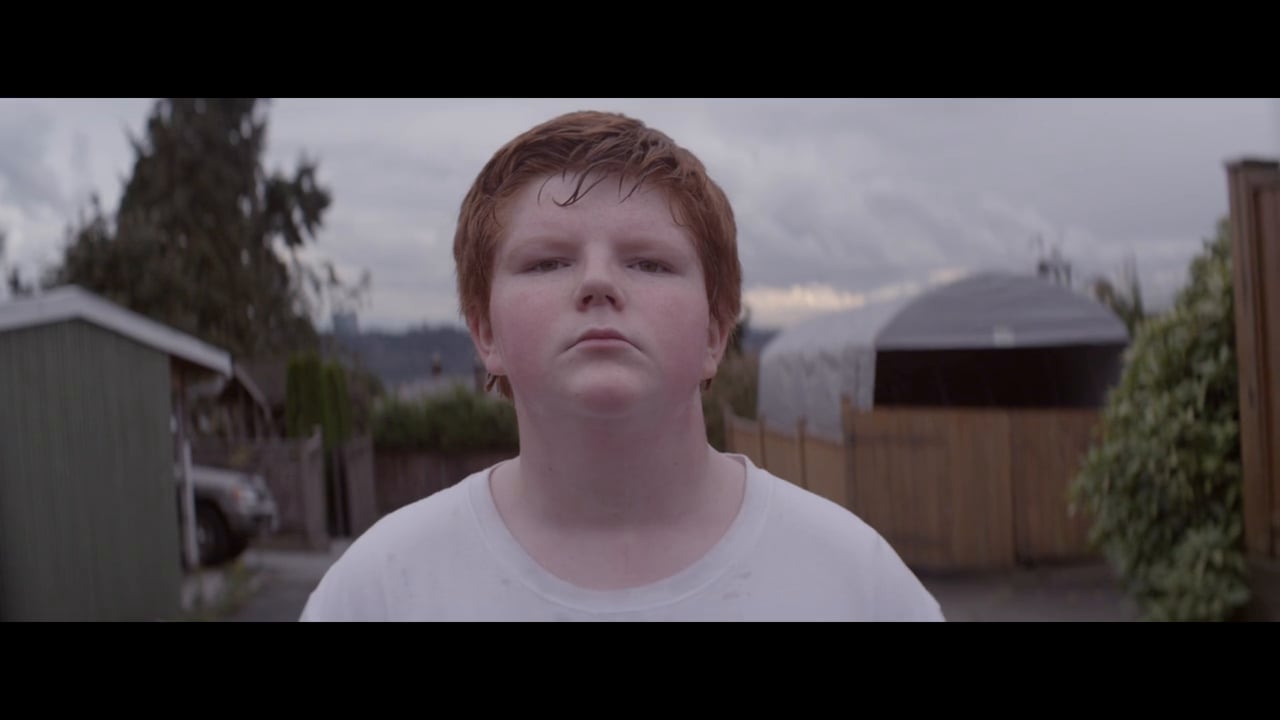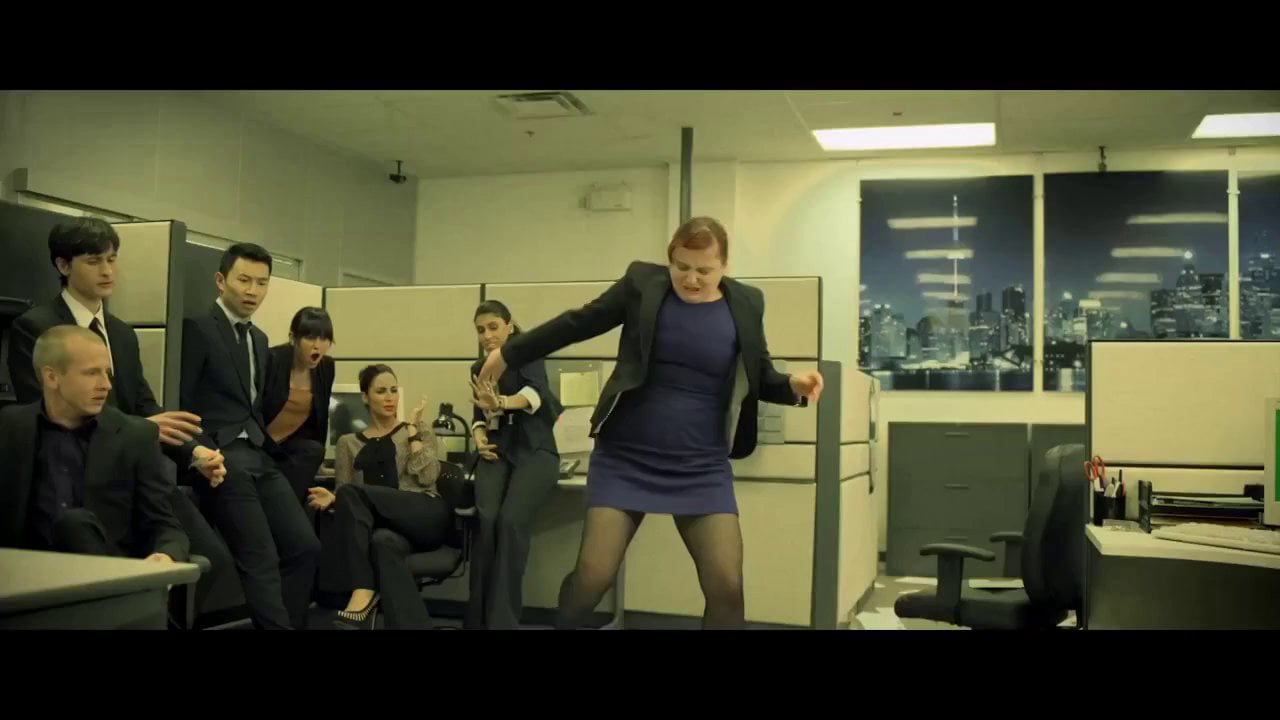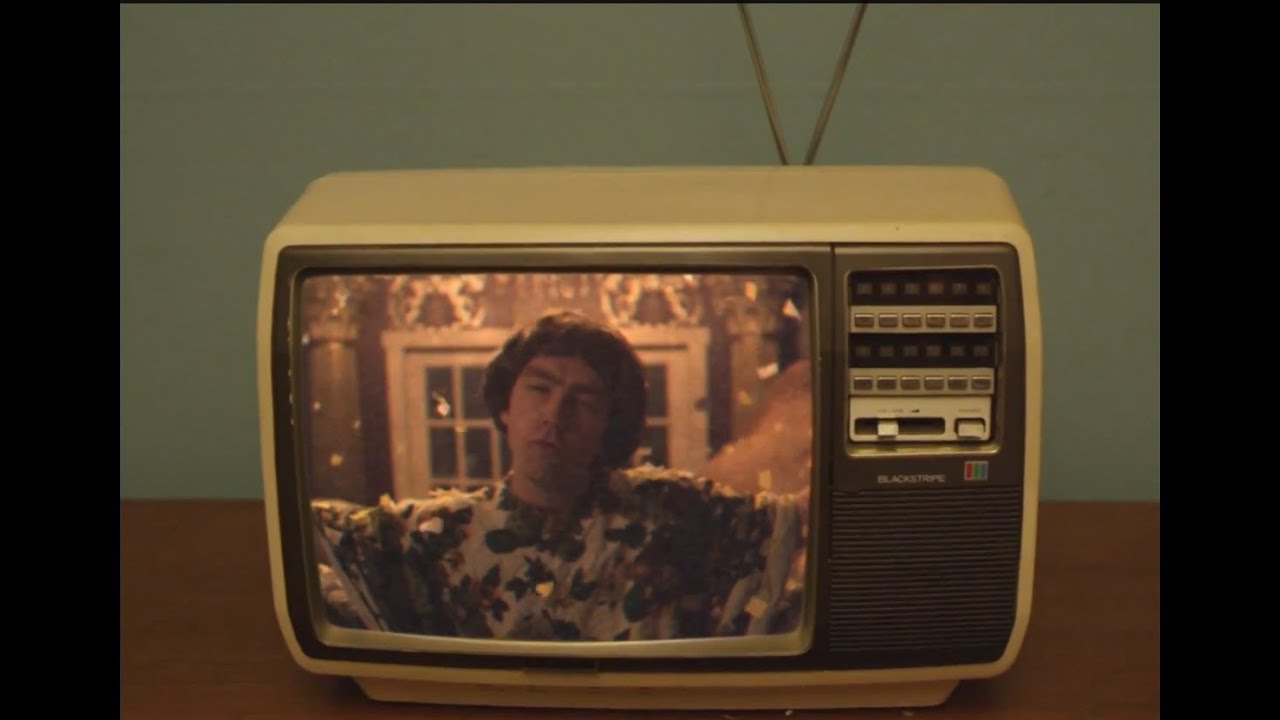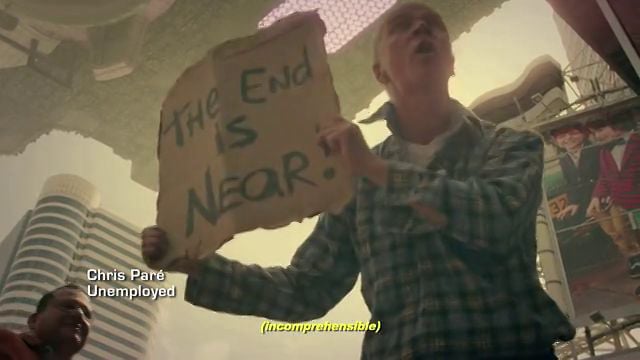See showcase of Peter Huang’s work in Related Content
What’s the elevator version of your biography?
I went to Sheridan College near Toronto for Media Arts. During school I did some PA and assistant work at a commercial house, then a talent agency. Afterwards, I took on restaurant and coffee shop gigs for a couple years to write and travel. Eventually, a script I co-wrote got picked up by Sony Pictures and I ended up doing feature film development for awhile. Around the same time – about two years ago – I started directing music videos because I missed being on set.
Describe your childhood please. What were you obsessed with as a kid?
I read a lot. My family moved around so I’d go from having a lot of friends to having none and I’d end up spending a lot of time at the public library. I probably read through a couple books and a dozen comic books a week. I was also big into music. I started taking piano lessons at an early age and played a lot of guitar. I got voted ‘Most Musical’ in high school actually.
You have ongoing creative relationships with several bands, namely SonReal and Cazzette. How did the collaborations first come about – were you friends before you started visualising their world and how does the creative process work between you.
SonReal is a connection through Mauricio at Mad Ruk Entertainment. Over the course of the shoot, we became friends. Nowadays, Son will just call me to spitball ideas for videos. It’s really casual and we stay pretty general during those talks. SonReal trusts the specifics to me, which is always great.
As for Cazzette, that’s all Rey (also from Mad Ruk) and he goes through their manager and marketing people. I don’t really partake in the discussions; I come up with an idea, Rey talks to their people, and they say yay or nay. And then they’re generally hands off aside from editing notes.
You seem to have mastered the art of suspense for your latest Cazzette video Sleepless – even after repeat viewings. What was the key lesson you learnt for being able to create this tension?
That’s quite a compliment, thank you! For me, suspense is all in story, pacing, and sound. First, the story needs to set up an ominous question that’s planted in the back of the audience’s mind. This can be how the camera is placed too – i.e. showing the audience something they’re not quite sure what to make of. Second, the pacing needs to move as slowly as it can, which is hard when you edit and see things over and over. The natural tendency is to cut it shorter, but you just have to stick with your original instincts. And third, the sound design needs to be treated very carefully. I actually think sound design is the most important part. It’s about finding the right level of silence. I think when you get it right, people perk up. It’s like an animal instinct. Like hearing a predator in the grass. The right room tone can make people very uncomfortable. Or add a subtle emotional texture to a scene – it’s really interesting how light rain pattering on glass can change the tone of a scene. It’s brilliant and it’s one of my favourite parts of filmmaking. I just never get to do it in music videos (until now).
Sleepless is a hauntingly chilling interpretation of the lyrics, beautifully told like all your videos. How did the idea come about to tell the story and what was behind your decision to make it as a short film / music video mix?
I went through a two-week period where I kept writing treatments that included diegetic music, i.e. the characters would hear the song in the world of the video. I had gotten very tired of allowing music to dictate the pacing of shots. Every shot has its own natural pace and oftentimes that pace would clash with the song. ‘Cut faster’ or ‘cut on the beat’ is always the note. And I hate that note because you often lose the emotional content of a shot when you truncate it. So these short film music videos were my reaction to that.
Story wise, I was originally wanting to do something light-hearted but as soon as I put on some headphones and sat down to write, the first image that came to mind was a drunk couple coming home. The second image was one of them getting stabbed by a jealous ex. I think maybe the lyrics subconsciously soaked into my brain in a really twisted way.
In all of your work – from gripping live action, laugh-out-loud comedy, to kick-ass martial arts riffs – the performances are realistic and natural. What is your method, do you have numerous rehearsals before the shoot to get the actors in character? How do you go about casting for the various roles?
We rehearsed on Weapon because of the fight choreography but other than that I generally don’t rehearse until we’re on set. I would have loved to rehearse on Sleepless since we only had 9 hours of darkness to shoot the whole video, but we went union and couldn’t afford rehearsals. But Aaron, Anna, and Jenny were complete professionals and just nailed take after take. Chris Paré (one of the producers of the video) is a feature film writer and producer and having him on board was invaluable. He definitely gave me a lot of good tips on working with scripted dialogue, which I found much more difficult than the looser, improvisational style I normally work with. On the other videos, it was really about creating an environment that the actors can work within. I block their movements, emotional context, and just let them go. Sometimes you toss in a curve ball, especially for non-actors, by changing what they expect to happen during a take and you get a really great, genuine reaction.
As for casting, I rely a lot on intuition in the room. I have an image of what this character should be, and every person that walks into the room brings something different and unique. So it’s about both – who fits the character the best and who adds something that you couldn’t have thought of. An added depth of sorts. I also like to make note of whether an actor can take direction and alter their performance while still maintaining emotional truth, their attitude, and their level of preparation. If they fail on any of those three criteria, it’s a big red flag for me.
You seem to be comfortable exploring darker issues just as much as you are with the lighter side of life. Is this in response to the lyrics or does this reflect your own character?
I grew up loving dark movies and dark stories. But I really enjoy everything, so I think it’s more a reflection of what I enjoy seeing. I bounce back between the two because I love both. It also keeps me on my toes and allows me to try new things. It keeps me excited and passionate. On top of that, I rather dislike the boxes directors get put in. Like, ‘oh he’s the drama guy or she’s the drama girl.’ I’d rather be known as the guy who does interesting work.
A lot of your work involves effects with live action – for instance Cazzette’s Beam Me Up and Weapon or SonReal’s LA. Do you envisage the post from the outset of developing the narrative? Do you collaborate closely with an effects artist? Where does your understanding of post effects come from – have you worked in post production?
My process always starts with the idea. Once the idea is in a good place, then I’ll shift gears from creative to logistics and consider whether or not what I need can be done practically or if it needs visual effects and whether the budget will allow it.
While I was working in feature film development, our company had a VFX arm called Playfight. I spent a lot of time with them and they taught me a lot about the process. Often I’d just watch over their shoulder. It was really amazing. Playfight were the ones who did the effects for Beam Me Up, Weapon, and I Could Be The One. They’re currently doing some amazing work for the Titanfall video game and have launched their own YouTube channel, which I highly recommend everyone check out.
Where do you shoot on location mainly?
Toronto and Vancouver mostly.
Do you storyboard each frame or is it more of a shoot list? Any room for incorporating the unexpected?
I do topographicals, shot lists, sometimes line scripts and little sketches within the margins when it’s especially narrative. I Could Be The One, Sonreal’s Believe, and Sleepless all had script pages. I do storyboards only when it comes to effects specific shots or something with intense choreography.
I find that we always go off plan a little bit, because the unexpected often gives you some pretty amazing footage. But having a plan is important because it gives you a core to work off. Making the plan ensures I know what I need so I can make decisions faster if things go wrong on the day (or if something really great happens unexpectedly, you can alter your plan to fit it in with everything else you’ve shot). Most importantly, planning keeps me from having too much anxiety about a shoot day.
What do you usually shoot on? Any favourite lens?
Red Epic. My buddy Ben Loeb has a 50mm Lomo anamorphic that I love. It was the only lens we used on SonReal’s Believe.
What is your favourite time of day for shooting?
Anytime. So long as it’s in studio and we have control of the light.
What piece of work are you most proud of and why?
That’s a hard one. I’m usually proudest of my work right after it comes out. Then I start thinking I can do better and when that happens I abandon my old work like it were a deformed child and go look for a new one. So… Sleepless. For now. Also, just kidding about the deformed child. It’s a figurative deformed child, not a literal one.
What inspires you? Or where do you look for creative inspiration?
Music – its ability to tap into raw emotion is fantastic. Books, movies, TV; other people’s work. And travelling. Travelling is a big one. I’ve been living in Barcelona for a good portion of this year. There’s no greater inspiration than living in a different environment than you’re used to.
Are you signed to a production company?
I’m at Mad Ruk Entertainment for music videos in Canada. I eventually want to find European reps, as the work is more interesting over there. And more adult.

















